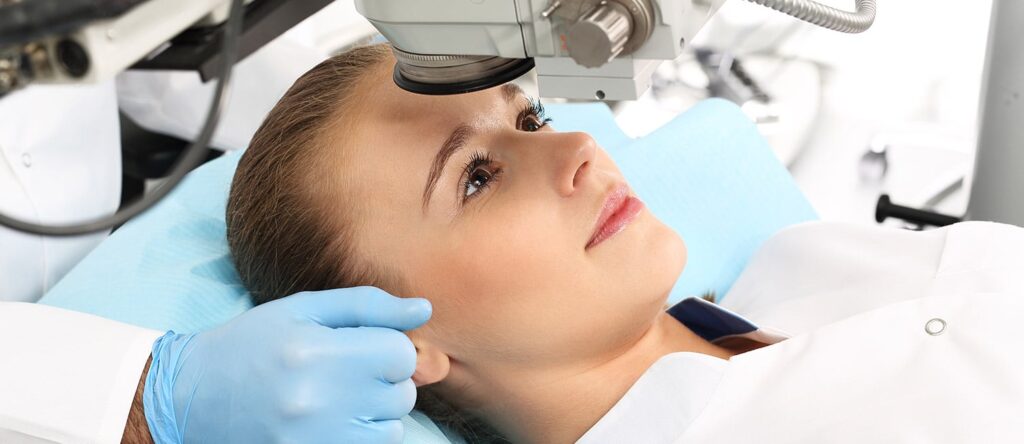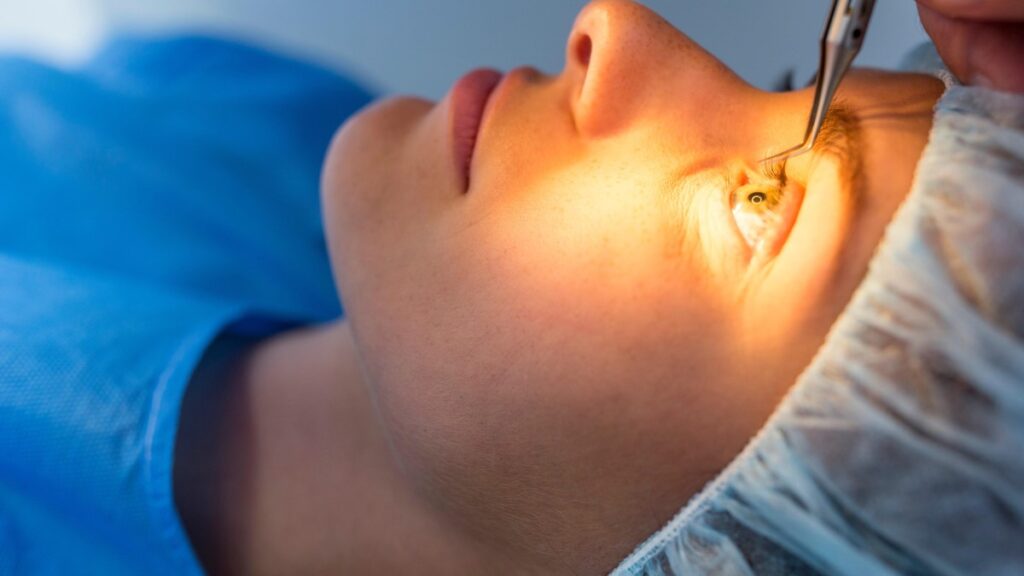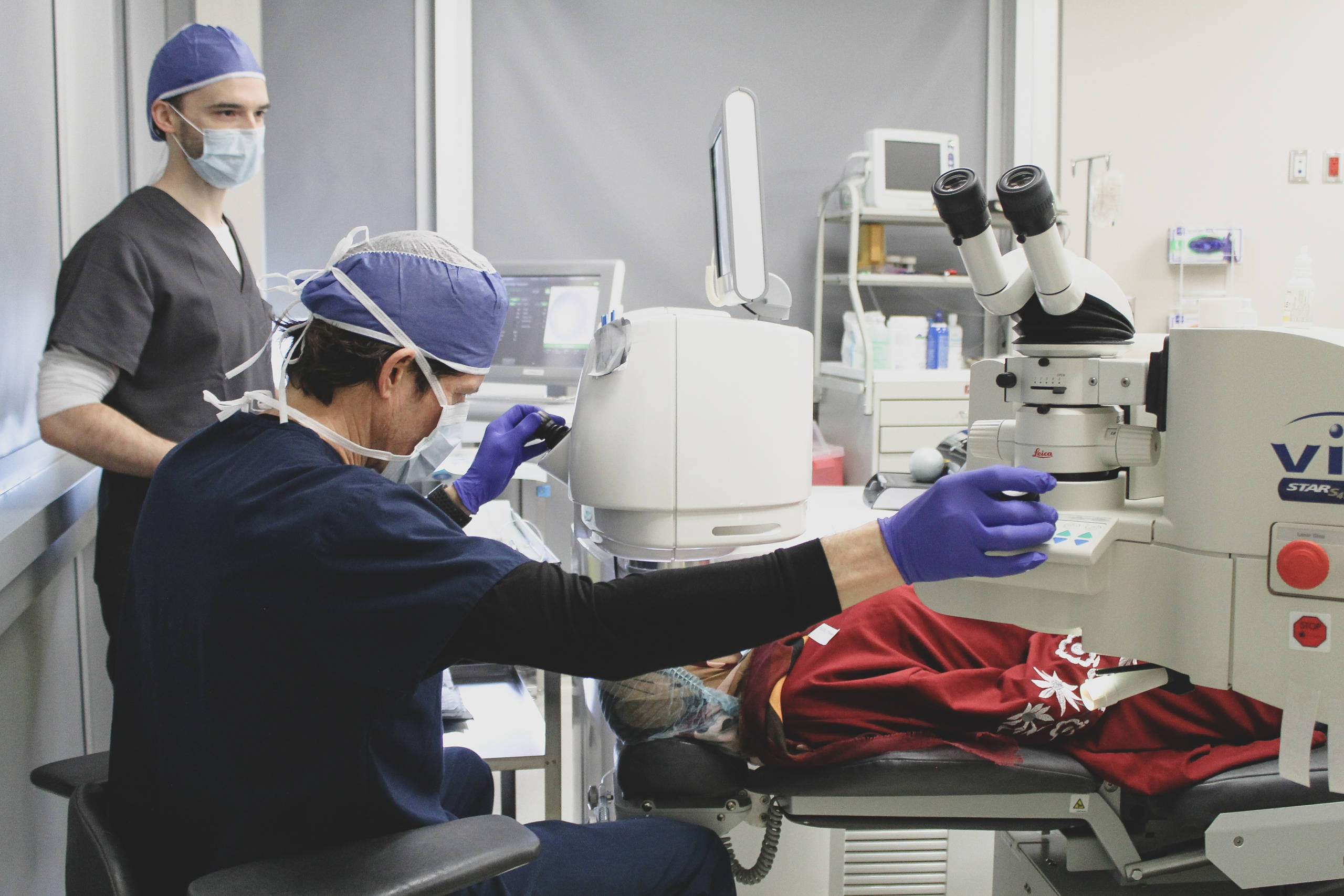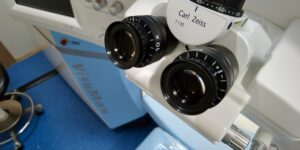Cataract surgery sydney is one of the most common and safe surgeries. It usually takes ten to twenty minutes to complete and is done using a topical anesthetic. It permits the opaque lens to be replaced with an intraocular lens (IOL), leading in complete vision restoration. The majority of patients return to regular activities the next day; however, certain measures must be taken to avoid problems after cataract surgery.
What Can You Expect Following Cataract Surgery Sydney?
It is often important to wait one to two weeks for your eyes and brain to acclimatize to your new lenses in order to get the most out of cataract surgery sydney.
It’s a good idea to be aware that you could come across the following:
- Significant hypersensitivity to light and glare may last for 2-3 days as a result of pupil dilation
- Clouded vision during the first hours is normal as the swollen cornea takes 48-72 hours to heal
- Redness may appear in the white area of your eye
- A slight annoyance, burning sensation may be present during the early hours
It is suggested that you get a new set of lenses or glasses after cataract surgery.

How Long Does Cataract Surgery Sydney Take to Heal?
Individuals heal or recover at different rates, with some recovering quickly and others recovering more gradually. While cataract surgery typically takes one month to recuperate from, you should be able to view images with the sharpest of focus after a week or two of surgery if you follow all post-operative instructions.
Ten Tips for a Quick and Painless Recovery Following Cataract Surgery
It’s necessary to take some simple safeguards as long as your wounds aren’t completely healed, especially during the first two weeks following cataract surgery, when the eye is most sensitive. The following are the most important things to do:
1. Maintain the highest level of hygiene feasible.
2. Apply eye drops as instructed by your doctor after thoroughly cleaning your hands.
3. Never.
4. Before going to bed, wash the protective cup thoroughly with soap and water.
5. Avoid sleeping for long periods of time on the operated eye’s side.
6. Refrain from engaging in severe physical exercise or making rapid movements.
7. Rinse your hair gently to avoid getting soap or shampoo in your eyes.
8. Refrain from participating in any sports until you have fully healed.
9. Driving while your eyesight is compromized and your corrective glasses are being adjusted is not suggested.
10. After cataract surgery, avoid swimming and intense physical activity for two to three weeks.

It’s Critical to Schedule Follow-Up Appointments
Even though your eyesight seems to be normal, it’s possible you’re still recovering. The initial follow-up appointment should be made the day following cataract surgery, with further visits required to guarantee complete recovery. Any unusual symptoms that emerge in the days after cataract surgery should be mentioned to your Australian ophthalmologist.
Rebuilding Your Home
You recently underwent cataract surgery. Your murky natural lens was replaced with a clear artificial lens.
Your eye will be completely painless after cataract surgery. However, it may be harsh, sticky, or unpleasant. It’s also possible that it’ll create more water than normal.
The majority of patients see an improvement in their eyesight within one to three days after cataract surgery. However, experiencing all of the advantages of cataract surgery and seeing well may take three to 10 weeks.
Your doctor may recommend that you wear an eye bandage, patch, or transparent shield at home. This will prevent you from rubbing your eye. Your doctor will also prescribe eyedrops to help you recuperate. Follow the instructions to the letter.
Although things may seem hazy, you may read or watch television right away. The majority of people may return to work or their regular routine within one to three days. Even after you’ve healed, you may need glasses, particularly for reading.
This care sheet provides an estimate of how long it will take you to recover. However, everyone heals at their own speed. Take the methods outlined below to improve your health drastically.

How are you going to look for yourself at home?
- Take a break if you’re tired. A good night’s sleep will aid in recovery.
- For a few days, you could have problems gauging distances. Climbing and descending stairs, as well as pouring hot drinks, should be done slowly and carefully. If necessary, get assistance.
- Consult your doctor to determine when it is safe to drive.
- Wear your eye bandage, patch, or shield for the amount of time your doctor specifies. You could find that all you have to do is put it on while sleeping.
- The day following cataract surgery, you may shower or wash your hair. During the first week, avoid contact with water, soap, shampoo, hair spray, and shaving lotion.
- Avoid touching or putting pressure on your eye for at least one week.
- For a one- to two-week period, don’t use eye makeup. In addition, you may want to avoid using face creams and lotions.
- For the first 10 days following surgery, refrain from dyeing or perming your hair.
- Avoid bending over or engaging in intense activities such as bicycling, running, weightlifting, or aerobic activity for at least two weeks or until your doctor gives you the green light.
- For one to two weeks, avoid swimming, hot tubs, gardening, and cleaning.
- For at least one year following cataract surgery, use sunglasses on sunny days.
Medication administration
- Your doctor will determine whether and when you may resume taking your medication. He or she will also provide you instructions on how to appropriately administer any new medicines.
- If you’re already taking aspirin or another blood thinner, talk to your doctor about when and if you should start again. Ascertain that you fully comprehend your doctor’s suggestion.
- For proper eyedrop application, follow your doctor’s recommendations. Always wash your hands completely before injecting your drops.
- To apply eyedrops, tilt your head back and use one finger to slide your lower eyelid down:
- Squeezing or dropping the medicine into the bottom cover is a good way to do it.
- Close your eyes for 30–60 seconds to let the drops or ointment to disseminate evenly.
- When applying the ointment, avoid touching it with your eyelashes or any other surface.
- When it comes to pain medications, follow your doctor’s advice.


